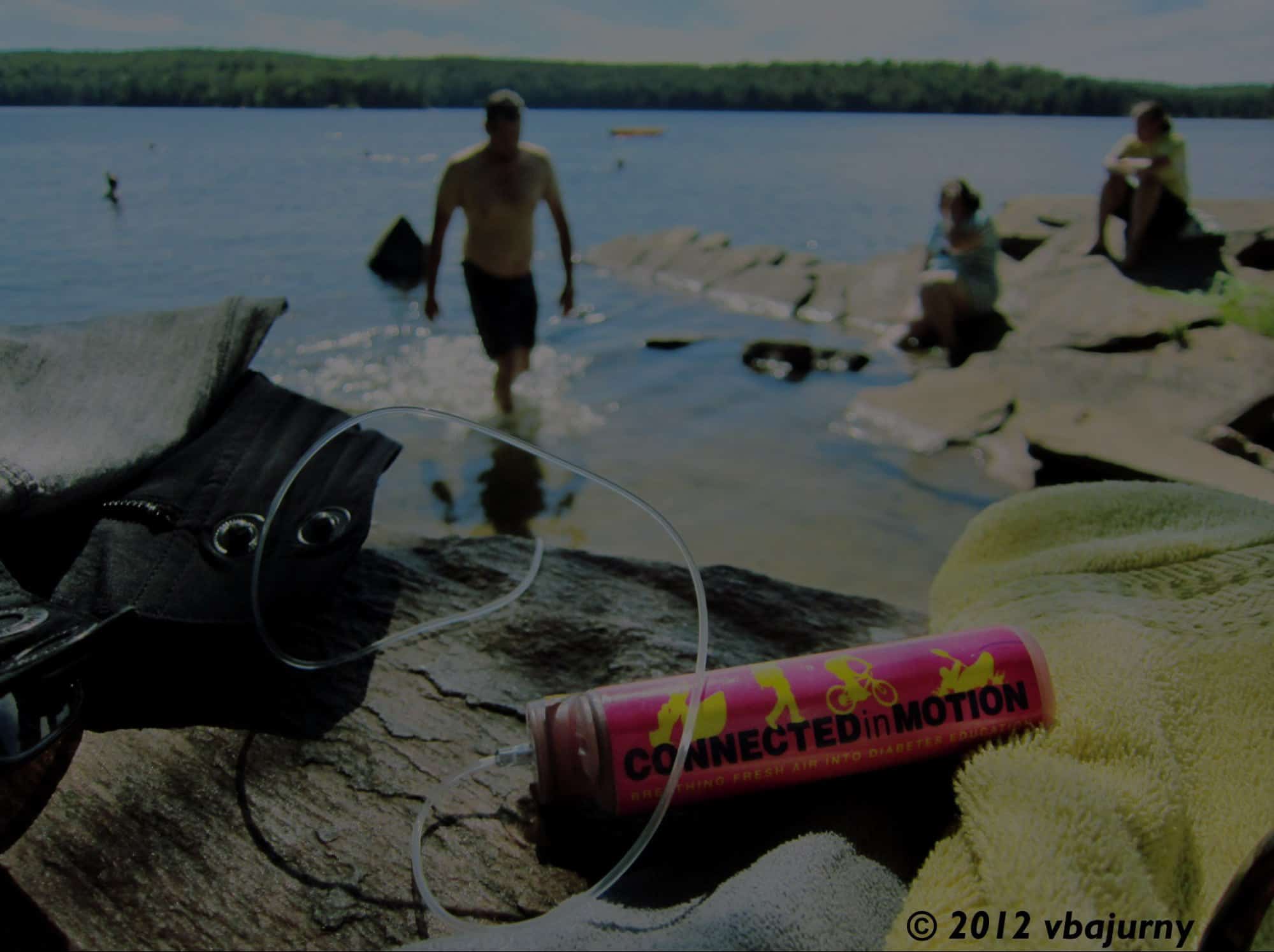The Connected in Motion (CIM) team was fortunate enough to participate in the 83rd Scientific Sessions of the American Diabetes Association, one of the world’s premier platforms dedicated to advancing diabetes research and care. We’re excited to share with you the insights and knowledge gained from these thought-provoking sessions. Our aim is to ensure that the diabetes community in Canada benefits from these global discussions, helping all of us better understand the disease, manage it more effectively, and enhance our overall health and quality of life.
The stage was set for a fiery debate as Dana Lewis and Dr. Gregory Forlenza squared off, each defending their stance on the necessity for DIY Automated Insulin Delivery (AID) systems as a management option for Type 1 diabetes. It was a battle of contrasting ideologies and perspectives, where passion and expertise collided.
Dana Lewis, a staunch advocate of DIY systems, wasted no time in igniting the conversation. She delved into the very essence of DIY in diabetes management, painting a vivid picture of patients taking matters into their own hands. She passionately argued that DIY is not a haphazard choice, but a deliberate decision made by some patients who seek empowerment and autonomy. She emphatically stressed that DIY AID systems were not a monolithic entity, but a realm of diverse options, each with its unique algorithms and features. Defying the naysayers who dismissed DIY systems due to the lack of regulation, Lewis shared that evidence abounded. She referenced observational and retrospective studies, showcasing the CREATE (Community deRivEd AutomaTEd insulin delivery) trial as a testament to the safety and effectiveness of DIY systems. Lewis further bolstered her argument with large-scale data analyses that painted a picture of positive outcomes, devoid of safety concerns or adverse events.
The fervor in Lewis’s voice escalated as she championed the choices and flexibility offered by DIY systems. With unwavering conviction, she dismantled the notion that regulatory approval was the sole criterion of quality. Lewis showcased a DIY system that had garnered FDA clearance, using it to illustrate that DIY solutions were not devoid of support from reputable institutions. Furthermore, she stressed the cost and access disparities prevalent in diabetes management, exposing situations where commercial systems were approved but remained unattainable to many due to insurance coverage limitations. Her words struck a chord, shedding light on the realities faced by countless individuals struggling to manage their condition.
In her concluding remarks, Lewis defiantly declared that the choice between DIY and commercial systems was an ongoing journey tailored to each individual’s needs and preferences. Her rallying cry for the freedom of people with diabetes to select the system that best aligned with their lifestyle reverberated throughout the room, capturing the essence of patient autonomy.
As the crowd buzzed with the intensity of Lewis’s argument, Dr. Gregory Forlenza, armed with his pro-industry perspective, took center stage. With a calm demeanor, he acknowledged the weight of his stance and emphasized the rapid innovation witnessed within the realm of commercial AID systems. Data flowed effortlessly from his words, illustrating the timelines of development and the remarkable features these systems offered. Remote monitoring, smartphone integration, and user adaptability were just a few of the gems he brought forth to support his case. Dr. Forlenza’s message was clear: commercial systems were not lagging behind in any aspect.
Drawing upon the wealth of data at his disposal, Dr. Forlenza boldly contended that commercial systems achieved glycemic control levels comparable to their DIY counterparts. He dismantled the notion that the algorithms in commercial systems were vastly different from those in DIY systems, revealing that the differences were not as substantial as some might argue. Safety and accountability became focal points for Dr. Forlenza, as he stressed the importance of regulation in ensuring reliable and trustworthy solutions. With an air of confidence, he pointed to the FDA’s rigorous clearance process and oversight as the pillars upon which commercial systems stood. The mention of the unwavering support provided by device representatives further fortified his argument.
Dr. Forlenza cast doubt on the necessity of DIY solutions, suggesting that biases in reporting and selection may have skewed beliefs about their superiority. His logic was crystal clear as he argued that DIY systems showed similar glycemic control outcomes to their commercial counterparts. Echoing Lewis’s sentiments, he reiterated the notion that both approaches were converging at the natural limits of subcutaneous sensing and delivery. In his eyes, commercial systems were fulfilling the market’s demands, offering innovations that questioned the value of DIY solutions within the existing ecosystem.
And so, the debate reached its climax, leaving the audience mesmerized by the clash of perspectives. Lewis and Dr. Forlenza had presented their cases with unwavering conviction, armed with evidence, expertise, and experiences. They had fought for what they believed to be the best solution for managing diabetes, each defending their corner with passion and vigor. As the dust settled, it was clear that the battle between DIY AID systems and commercial AID systems was far from over, and the search for the ultimate answer would continue to shape the future of diabetes management.





